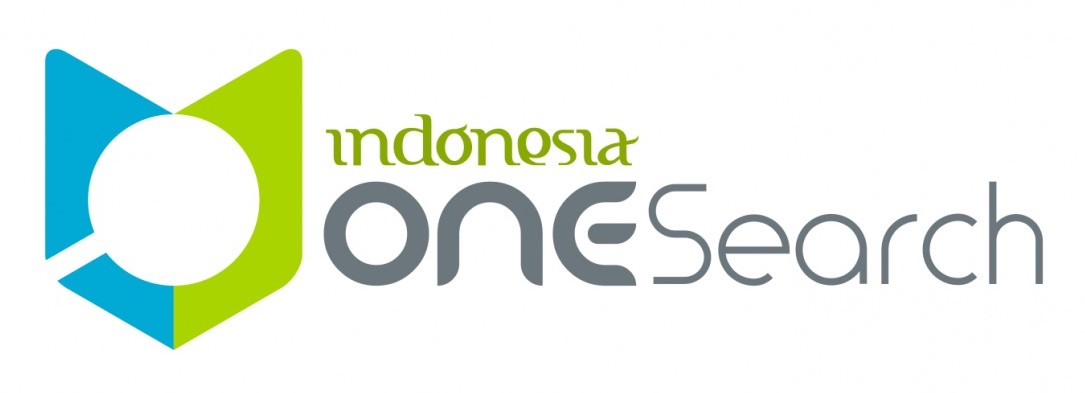PELATIHAN PENULISAN BAHAN AJAR BAHASA INDONESIA BERGENRE TEKS BERBASIS KECAKAPAN HIDUP UNTUK GURU-GURU MA PROVINSI JAWA BARAT
Abstract
The training of composing genre-based and life-skills-based materials for Indonesian language teaching aims to deal with students’ enormous future challenges. Therefore, this training allowed teachers to develop life-based Indonesian language teaching materials and to teach them to students. Methods to analyze the implementation are direct observation, interviews, and presentations during the program. This community service program concludes that: (1) most of the training participants gave positive responses about the significance of teaching materials developed, training implementation facilities, and instructor assessments, (2) the development of Indonesian language course modules and textbooks comprises printed, audio, visual, and multimedia materials, (3) the needs analysis of the Indonesian language teaching materials for Madrasah Aliyah is oriented to the needs of improving students' abilities regarding language, literature, and literacy, (4) alternative literature teaching materials for Madrasah Aliyah should contain examples of life-skills principles that participants should follow.
Full Text:
PDFReferences
Altbach, P. G., Kelly, G. P., Petrie, H. G., & Weis, L. (Eds.). (1991). Textbooks in American society: Politics, policy, and pedagogy. Suny Press.
Arif, M. (2020). Analisis Bahan Ajar dalam Buku Teks Siswa Madrasah Tsanawiyah Kelas VII (Ditinjau dari Segi Isi dan Pengembangan Kognitif Anak). PENDAIS, 2(1), 1-12.
Barry, H., & Scally. (1981). Life Skill Teaching Programme (dalam www.betterworld books.com/lifeskillteaching).
Halimah, Sumiyadi, Mulyati, Y., Damaianti, V. S. (2020). Critical literacy approach in the teaching of literary appreciation using Indonesian short stories. Indonesian Journal of Applied Linguistics, 10(1).84-94. https://doi.org/10.17509/ijal.v10i1.24992
Halimah, H., Sumiyadi, S., & Mulyati, Y. (2019). Learning strategies of literacy dimensions through the didactics of HB. Jassin’s short stories. Proceedings of the 2nd International Conference on Language, Literature, Education, and Culture (ICOLLITE 2018), (pp. 243–247). https://doi.org./10.2991/icollite-18.2019.54
Heyneman, S.P., Farrell, J. & Sepulvedo-Stuarto, M. (1981). Textbook and Achievement: What We Know. Journal of Curriculum Studies 13:3.
Liddicoat, A. J., & Scarino, A. (2013). Intercultural language teaching and learning. John Wiley & Sons.
Lubis, M.S.; Syahrul R, & Novita, J. (2015). Pengembangan Modul Pembelajaran Bahasa Indonesia Berbantuan Peta Pikiran pada Materi Menulis Makalah Siswa Kelas XI SMA/MA. Jurnal Bahasa, Sastra dan Pembelajaran, 2(1), Februari 2015.
Nurgoho, L. D., & Suseno, S. (2019). Analisis Nilai Moral pada Cerpen Surat Kabar Suara Merdeka Edisi Bulan Oktober Sampai Desember 2017 sebagai Alternatif Bahan Ajar SMA Kelas XI. Jurnal Pendidikan Bahasa dan Sastra Indonesia, 8(2), 115-119.
Patrick, J. (1988). Personality characteristics of work‐ready workers' compensation clients. Journal of clinical psychology, 44(6), 1009-1012.
Sari, I. F., & Reigeluth, C. M. (1982). Writing and evaluating textbooks: Contributions from instructional theory. The technology of text, 1, 53-90.
Supriadi, D. (1997a). Ketersediaan dan Pemanfaatan Bahan ajar SD dan MI. Laporan Kegiatan pengabdian. Jakarta: Ditjen Dikdasmen.
Supriadi, D. (1997b). Laporan Hasil Pemilihan Buku Bacaan SD/MI Tahun 1996/1997. Jakarta: Direktorat Sardik. Ditjen Dikdasmen.
Verspoor, A. M., Kin, B. W., & Mundial, B. (1990). Textbooks and Educational Development. Banco Mundial.
World Bank. (1995). Indonesia: Book and Reading Development Project, Staff appraisal Report. May.
DOI: https://doi.org/10.17509/dm.v2i1.47506
Refbacks
- There are currently no refbacks.
Copyright (c) 2022 Dimasatra







